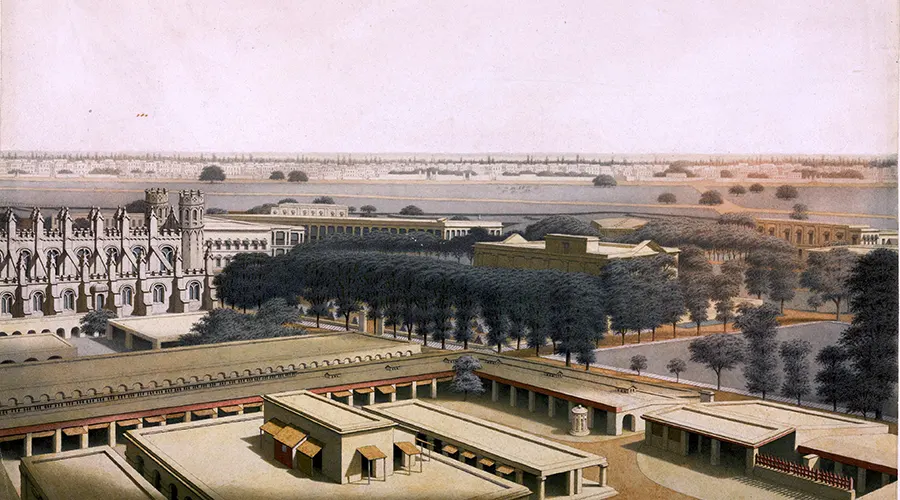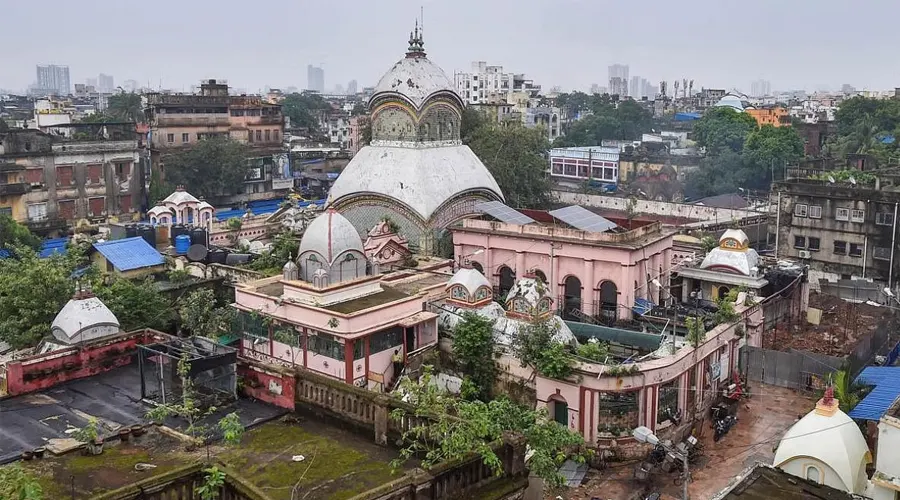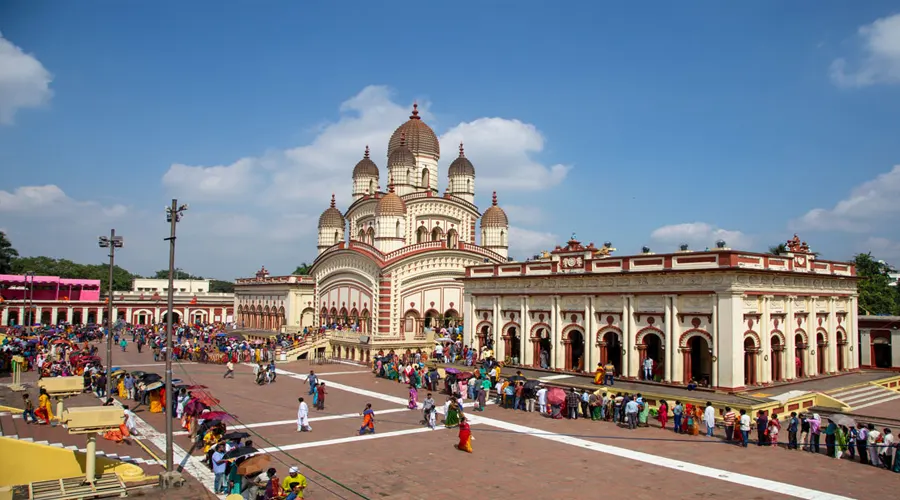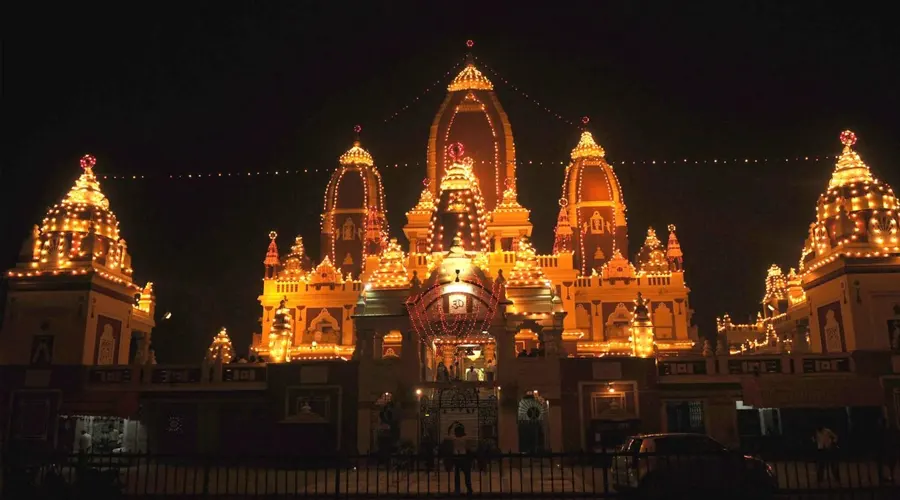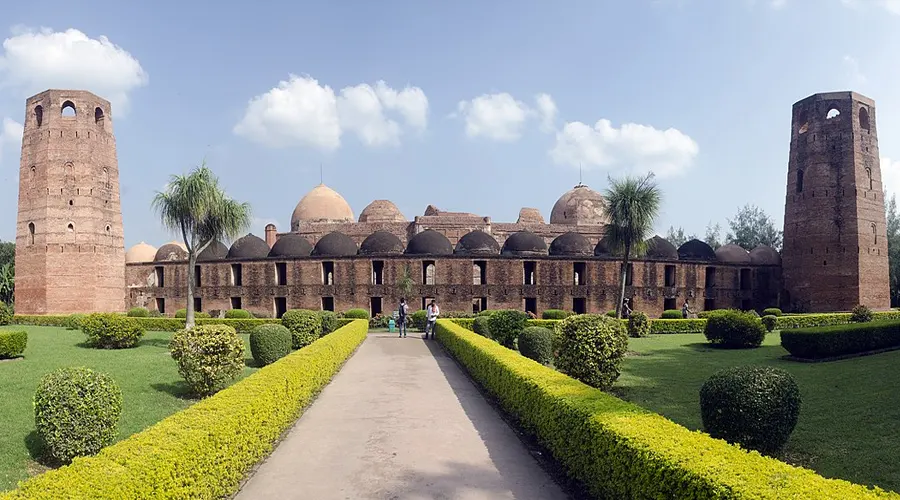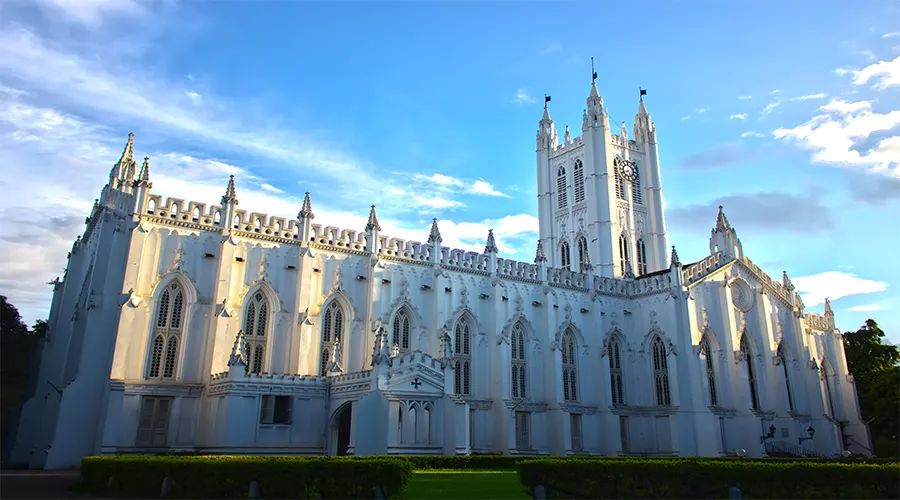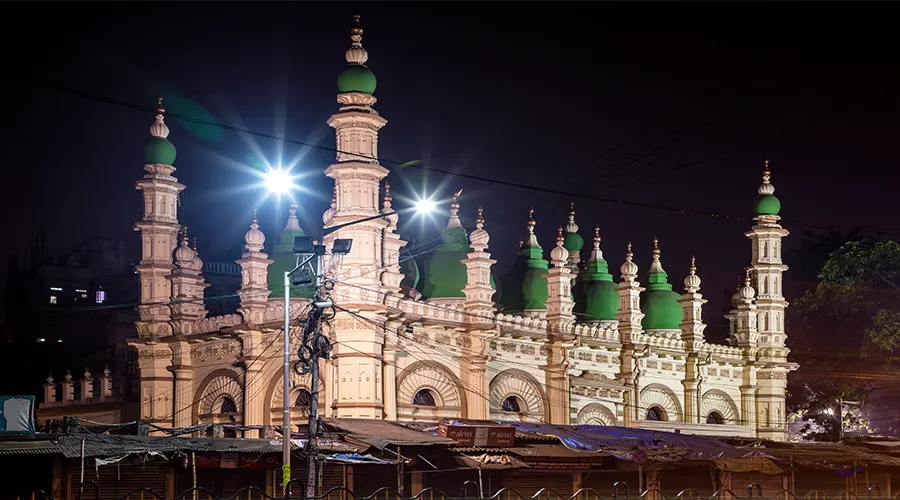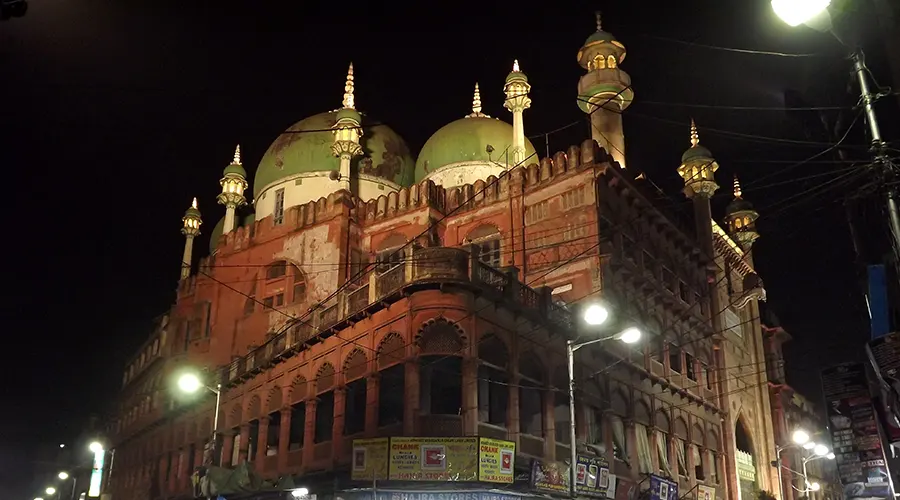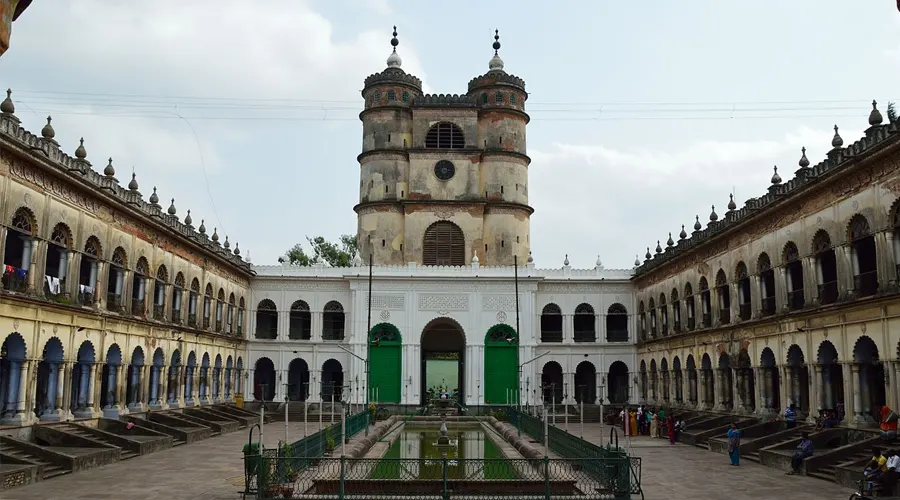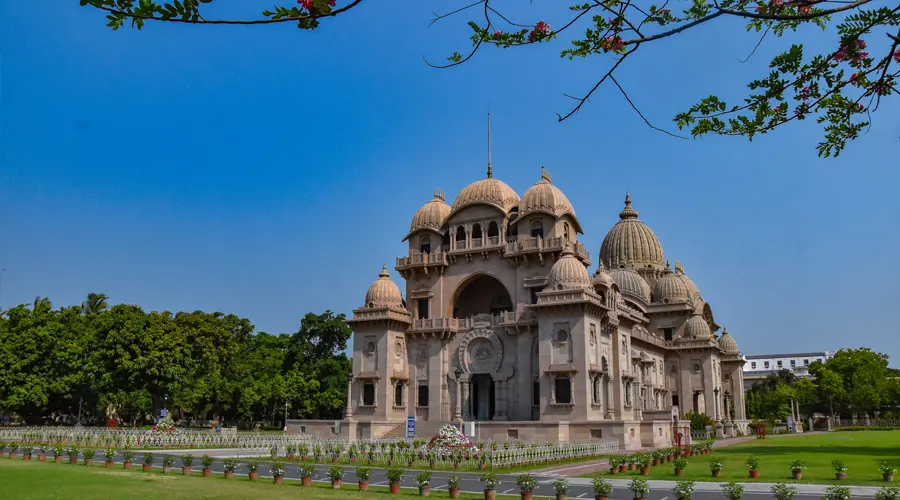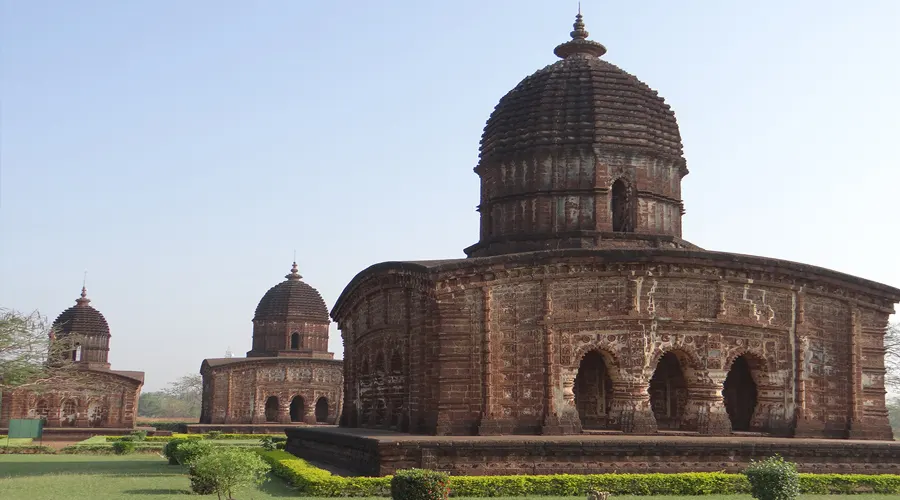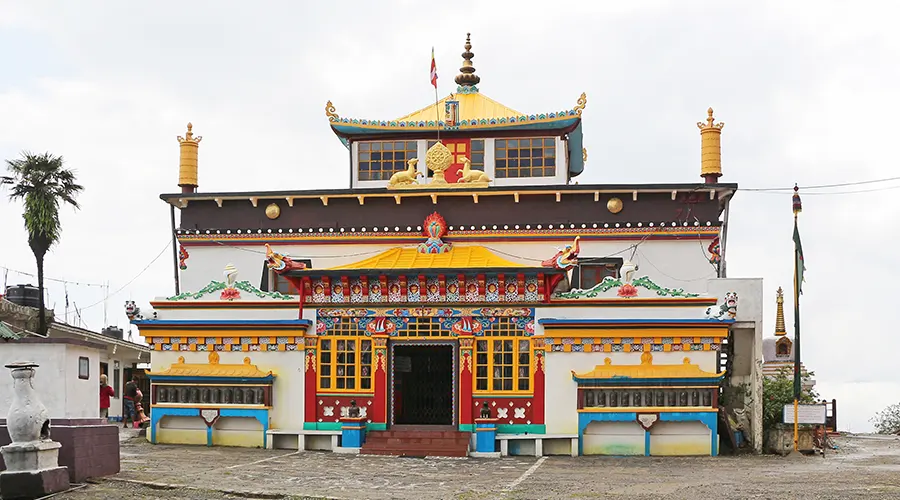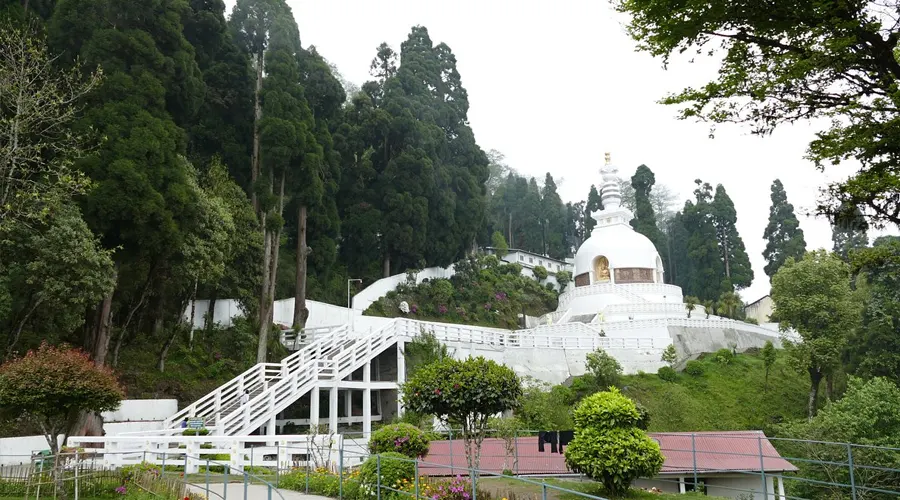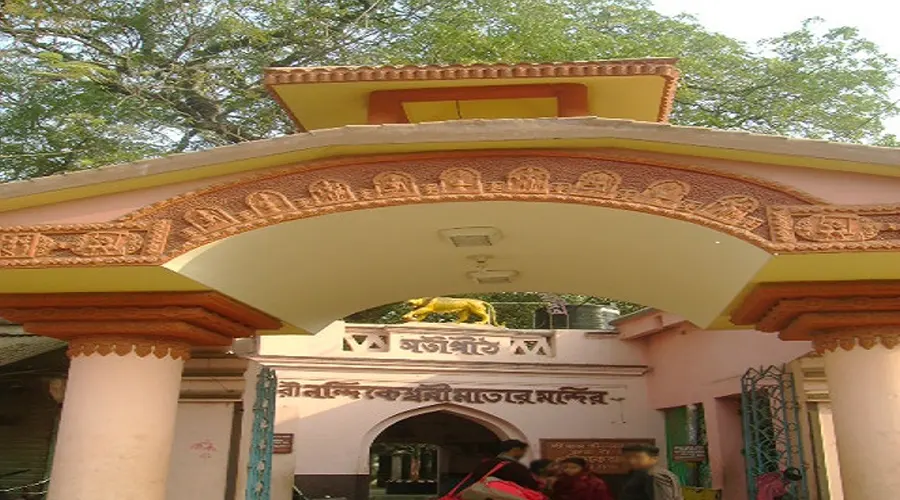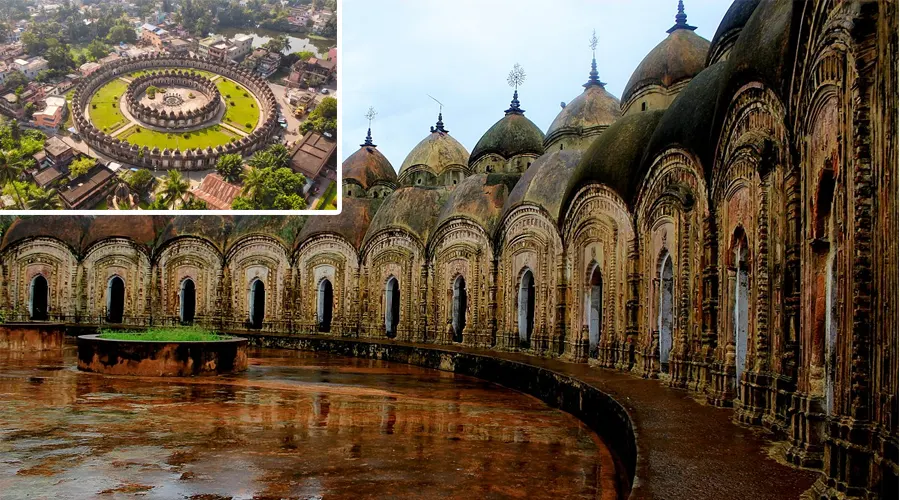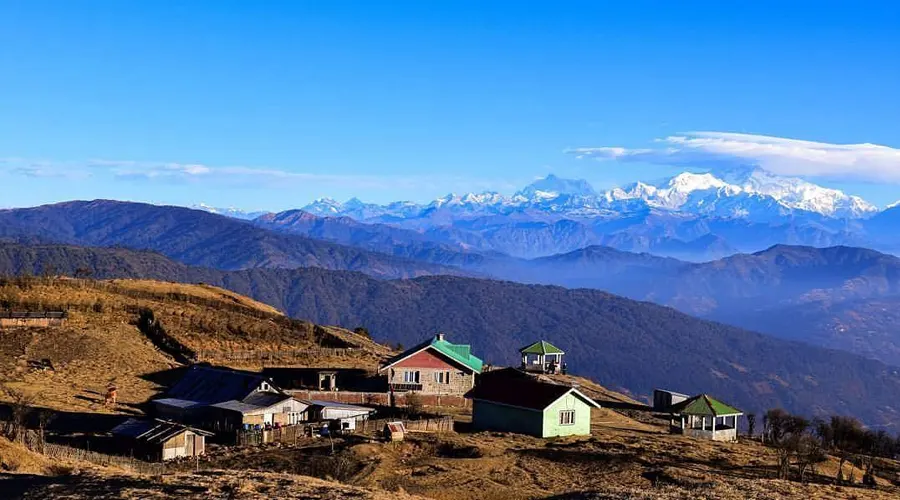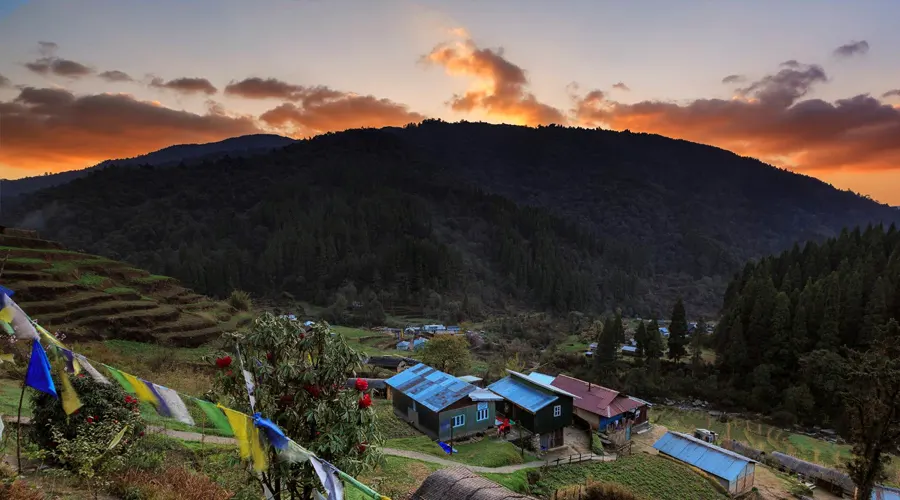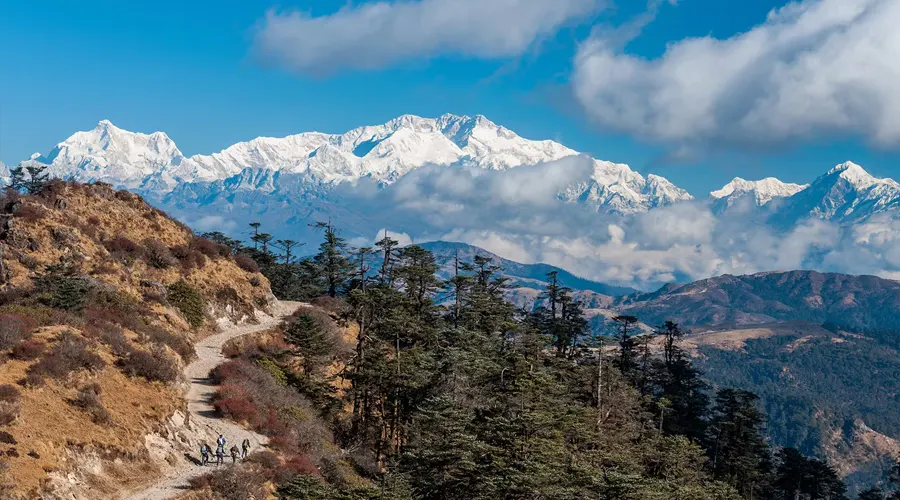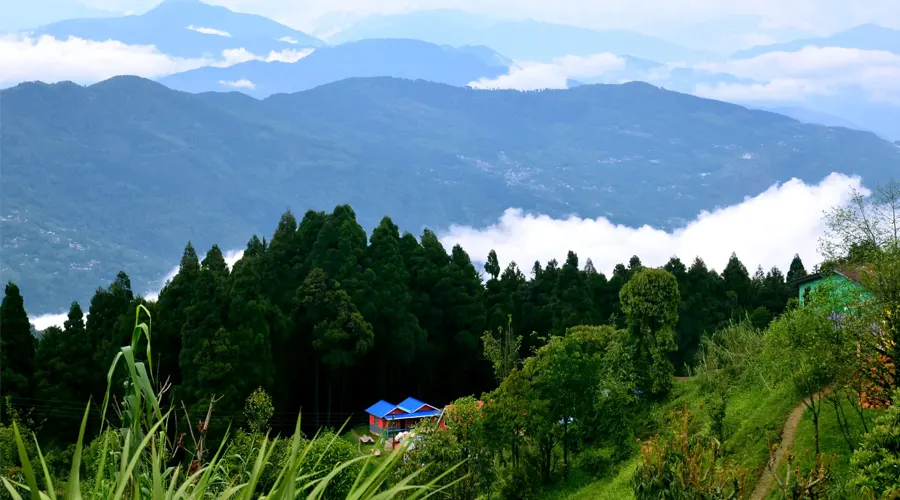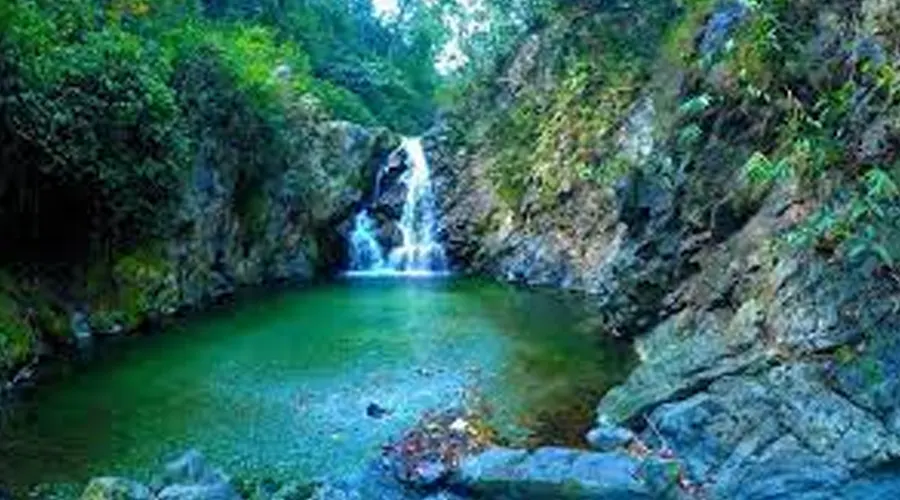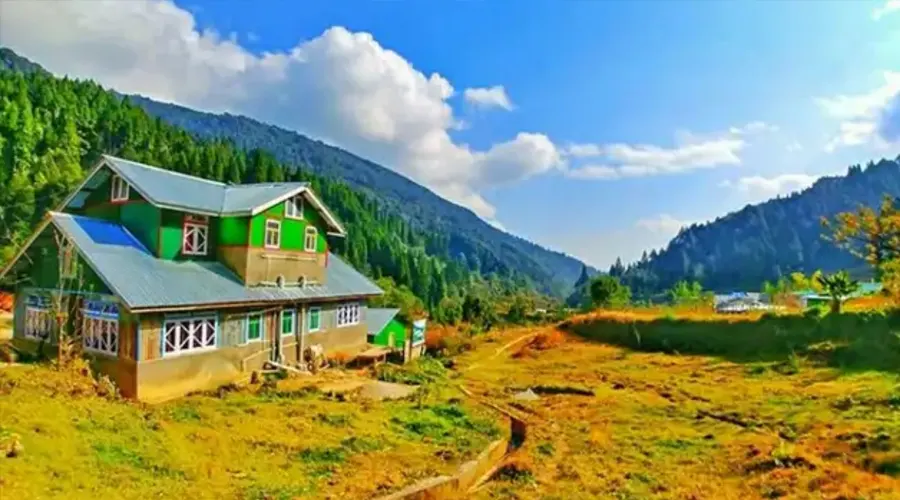Fort William
The mighty edifice of Fort William is situated in the city of Kolkata, on the eastern bank of the Hooghly River. Built in the year 1696, the fort is named after King William III and was the first stronghold of the British in the country. The magnificent structure is spread over 70.9 acres and is embellished with hundreds of arched windows that overlook lush green gardens. Meticulous stonework adorns the surface of the building and it took as long as took ten years to reach completion. However, it was soon realized that the building had a few loopholes, and a new octagonal building was constructed whose foundation was laid by Sir Robert Clive.
Over the course of its existence, Fort William has served a number of purposes, each of which was in stark contrast to the other. Initially, it comprised of wings and an inner bastion where prisoners were hauled which is why it was known as 'the black hole of Calcutta'. Today, Fort William is the property of the Indian Army and has a capacity of accommodating up to 10,000 army personnel. It also serves as the headquarters of the Eastern Command. Due to its importance with respect to Indian intelligence, access to the interiors of the fort is limited to army personnel and their relatives. However, you can visit the palace for its stunning architecture.
History of Fort William
Fort William has a long and illustrious history attached to its name. Interestingly, there are two Fort Williams. The original one was built in 1696 by the British East India Company under the authority of John Goldsborough. The construction was started along the Hooghly River and the South-East Bastion was the first its adjacent walls were the first sections to be constructed. Eventually, it was named after King William III in the year 1700. 1701 saw John Beard adding the North-East bastion to the fort and the construction of the Government House was started right in the center of the fort. Finally, Fort William was completed in the year 1706 with the final edifice having two stories and projecting wings. An internal guard room became the 'Black Hole of Calcutta'.
In 1756, the Nawab of Bengal, Siraj Ud Daulah, attacked the Wiliam Fort and temporarily conquered the city. He renamed the region 'Alinagar' and assumed control of the fort as well. This led the British to build a new fort in the Maidan under the watchful eye of Robert Clive. The construction of the new fort began in 1758, after the Batte of Plassey in 1757. A period of two years and a cost of approximately two million pounds was incurred as well.
Architecture of Fort William
The new Willliam Fort is octagonal and has an imposing structure made out of brick and mortar. Three of its sides faced the River Ganga while the remaining five had a beautiful maiden full of greenery in front of it. The design of the fort follows the pattern of a star and was constructed such that it was impregnable against a cannon firing slide shot. A moat was included in the design as well which protected fire and fighters trying to penetrate the wall. Six gates provide access to the fort, namely Chowringhee, Plassey, Calcutta, Water Gate, St Georges, and the Treasury Gate. St. Peter Church was constructed inside the new Fort in the year 1928.

